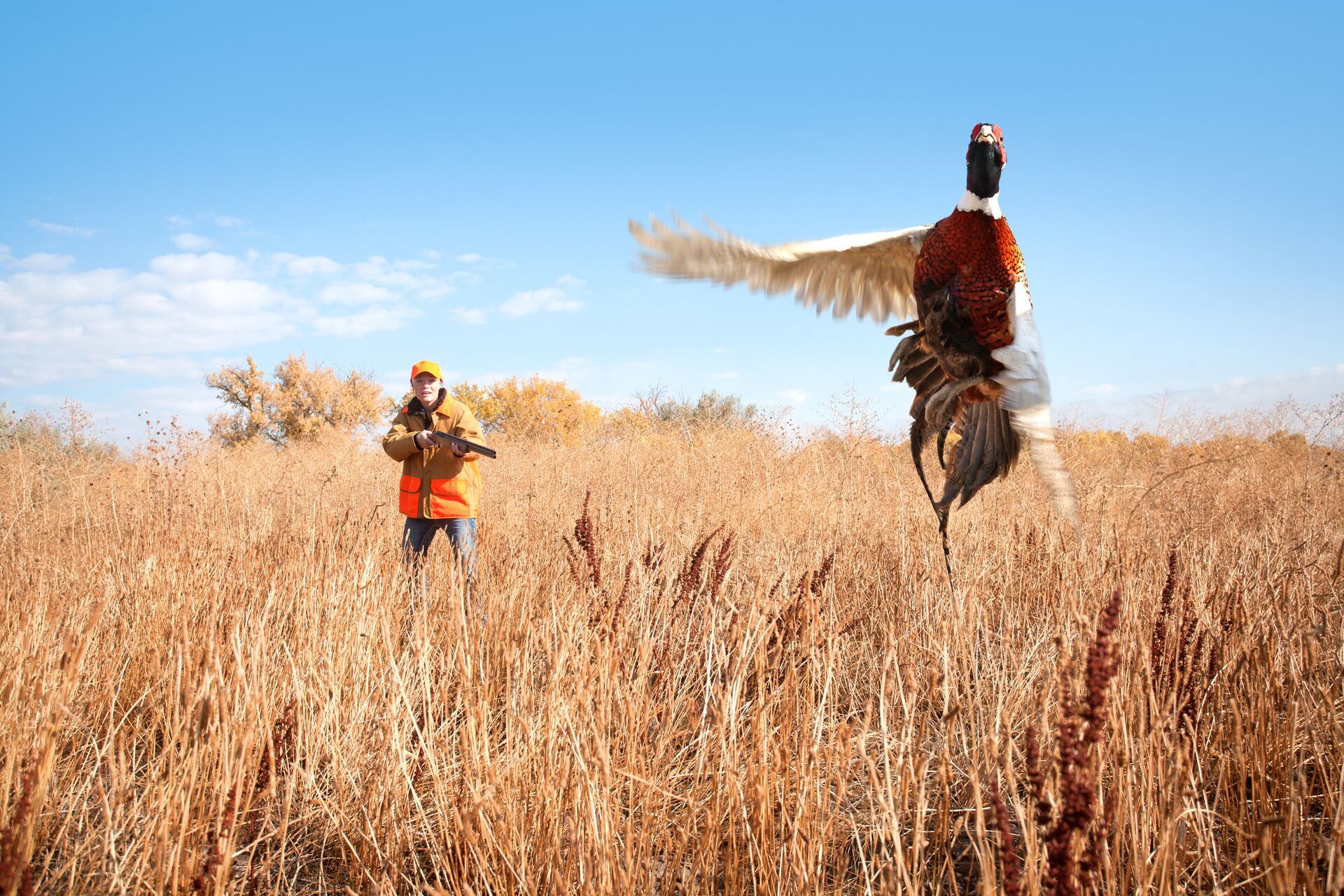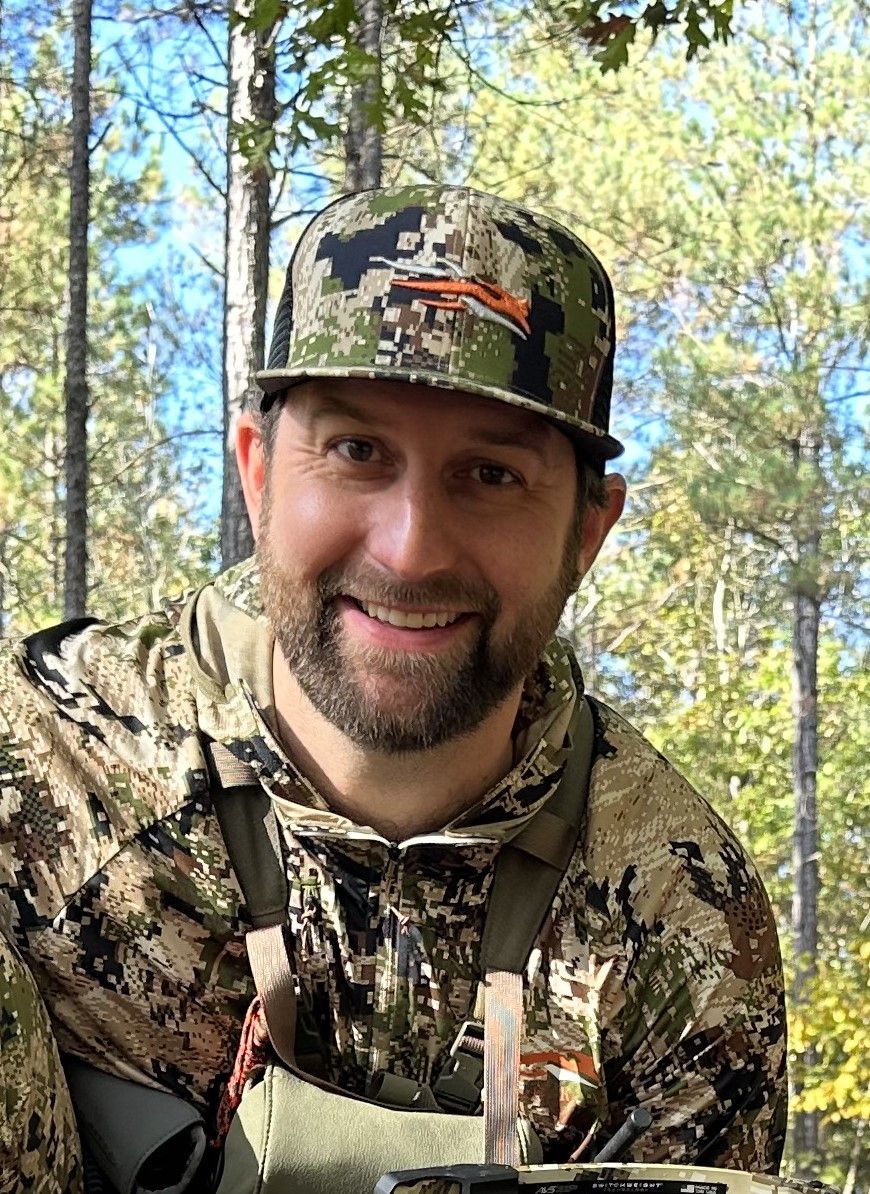Going after these birds can be a good solo hunt. However, pheasant hunting can also be a more social hunting experience with a group. You have a chance to work with other hunters and field dogs trained for the hunt. This makes it a great activity for family events or entertainment for corporate events.
So, what are some tips and tricks for hunting these birds successfully? Keep reading for our guide to hunting pheasants.
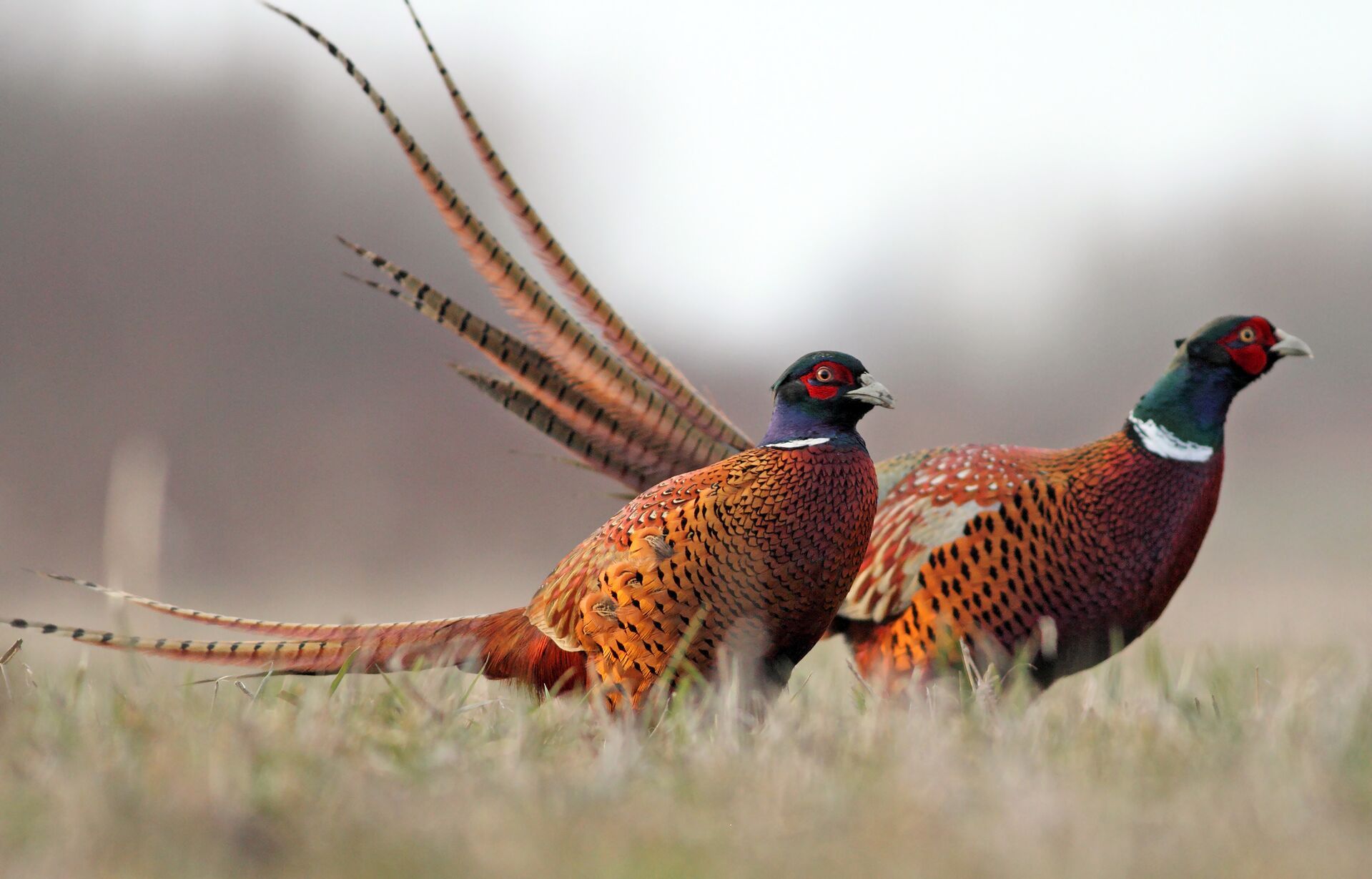
The Habitat and the Nickname "Ditch Chicken"
Pheasant are prey animals, and any you encounter will know how to evade predators. They're instinctive, and their first instinct will be to avoid you altogether by running, hiding, and, as a last resort, taking flight. This is where having a well-trained canine or team of dogs will make your life easier.
Once you decide to hunt pheasants, you can start looking for signs of their habitat. This is where the nickname "Ditch Chicken" comes from. You will see them in tall grass that grows along ditches. However, the term can also refer to quail, so don't let it confuse you as to the specific ditch chicken you're after.
Whether you live nearby or are traveling for a destination hunt or corporate outing, you'll typically be in an agricultural setting. Use apps like HuntWise to find areas with mixed grasslands, hay fields, shrubs, and (of course) ditches.
Pheasants will typically be in grassy areas or places with thick cover. This protects them from natural predators like foxes, coyotes, raccoons, hawks, and owls.
You'll generally be hunting these birds in the early morning, late afternoon, and towards the end of the day when the sun can be low on the horizon. This is when the birds move between their food sources and hangout spots.
It's similar to hunting deer in that aspect: figure out where they nest, hang out during the day, and where they feed, then go get them.
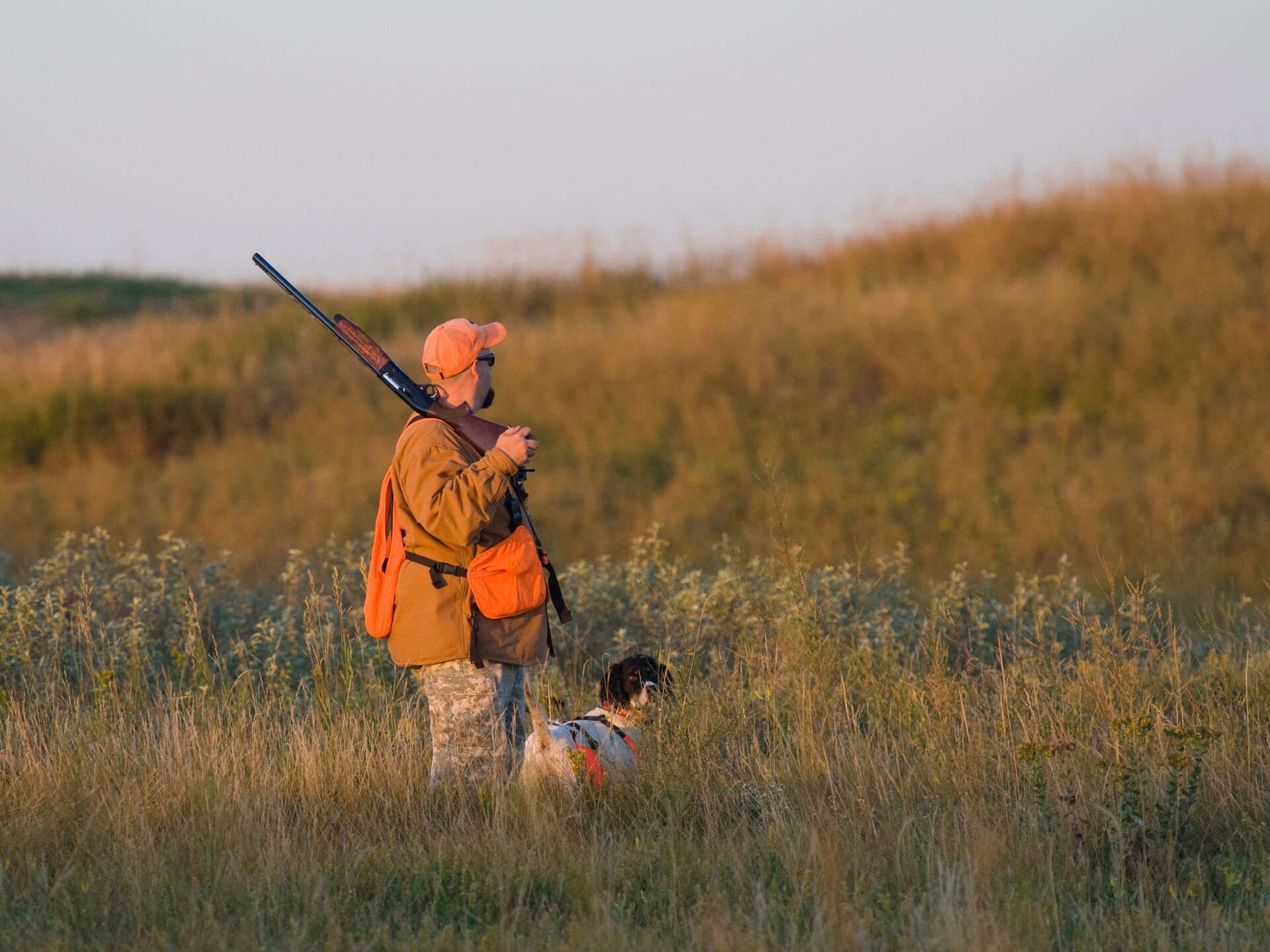
Gear and Equipment for a Successful Hunt
The entry-level gear you'll need for one of these hunts is pretty standard, and you probably have most of it. At a minimum, you need:
- A shotgun and shells
- Hiking boots (waterproof)
- Some way to carry your shells
It's a good idea to pick out some brush pants or chaps with plenty of articulation and thick enough to protect you from getting torn up by briars and thorns.
A long-sleeved shirt will give you similar benefits and won't get torn if it's built for busting through brush. Whatever you decide to wear, I recommend wearing either a shooting vest or a shell pouch. This will make reloading and carrying your birds much easier.
It's worth the investment, and you can get quality gear from Orvis, Tom Beckbe, and Filson, to name a few places to start your research.
Don't Forget the Best Tool for the Job
You need a shotgun to hunt pheasant.
You might already have something you can use if you buy the right heavy shells and an appropriate choke. You can use almost any shotgun with a heavy load for pheasant.
I tend to like a shorter barrel length because there's an advantage of being easier to maneuver, which helps with close shots. My go-to is a 12-gauge over-under or a 20-gauge double barrel. The 12-gauge is nice because I feel more confident taking a longer shot if needed, and ammo is easy to find.
You can also use 16-gauge, 28-gauge, or .410 if you want more of a challenge. Any action you're comfortable with will check whether it's a pump, autoloader, or break action. However, I wouldn't recommend a bolt action shotgun, but if that's your only option, then by all means, don't let it hold you back. Just use what you can shoot well and are comfortable with.
When it comes to choosing your shell loads and chokes. Heavy loads will be optimal for adult birds, and a lot of manufacturers will print on the box what the shells are intended for.
Good chokes to start with are the improved cylinder and modified. Using a double barrel, you can carry both.
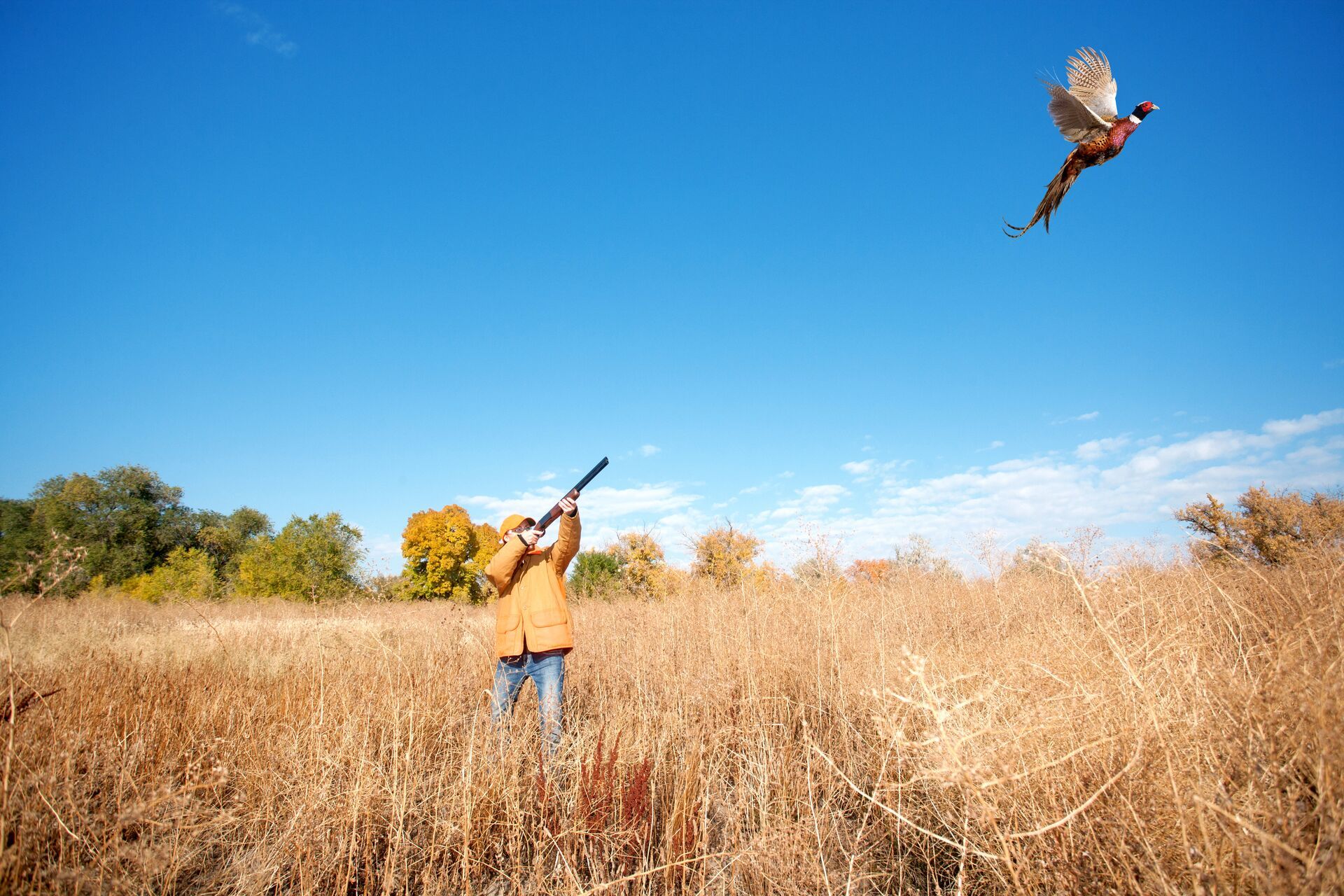
How to Flush and Fetch the Bird
We've already touched on the basics of where to hunt, when to hunt, and the gear needed to hunt, but there are a few other tips for success.
You'll want to position yourself between the pheasants' movements and use a dog to flush them out or flush them out yourself if you don't have a dog.
If you don't have a dog, it's a good idea to get a rod or whip to help push out the birds that are dug in. This means that you will be right on top of the birds so be sure to communicate with your hunting party and avoid accidents by determining shooting lanes when the birds take to flight.
A good way to think through this is to assign zones and landmarks where birds can pass from one hunter to the next. To be safer, discuss how you want to approach birds flying below the horizon. This is where your blaze orange is valuable.
The same general strategies apply when hunting with dogs because you want to keep them safe, too.
Using Hunting Dogs: Breeds and Traits for the Best Hunt
Upland hunting is even more enjoyable when you are working with your dog.
For pheasants, many breeds can be trained and helpful, but if you put in the work, most should be up to the task. Some popular general breeds include:
- Spaniels
- Retrievers
- Setters
They're all great breeds for hunting, and you should hunt with a mix if possible.
If you already have a dog, you can do some at-home training with bumpers and scents from feathers to practice flushing. It's just another fun way to spend time with your canine companions, and practice will help in the field.
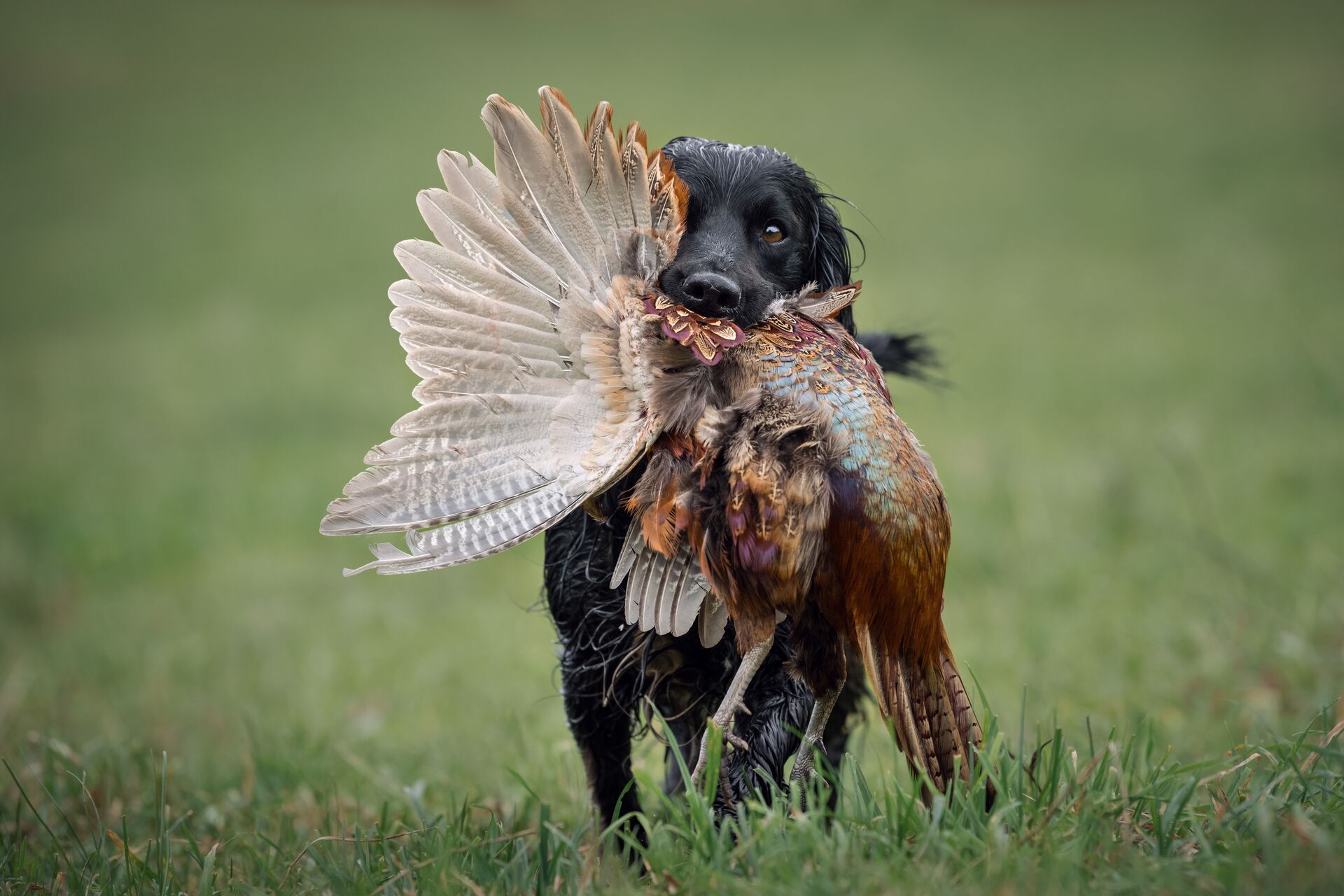
Safety When Hunting These Birds
Gearing up for a pheasant hunt is pretty simple, but safety needs to be top of mind.
We recommend (and it's sometimes required) that you wear either a blaze orange hat or vest so you don't get accidentally shot. Safety glasses and hearing protection are also important.
Safety is always a priority with firearms, but accidents do happen. However, you can reduce the potential of accidentally shooting a hunting buddy or someone else in the field by being a responsible hunter and ensuring you have clear shooting lanes before the guns come up.
Tips for Success
There's a lot to think about while you're in the field. Between managing your dog, keeping your shooting lane, and making sure you avoid falling into a hole, it's easy to forget the basics.
Make sure to lead your birds, and there's no need to be in a rush. Longer shots require a further lead, so you must prepare for different scenarios.
Take your time and think about your approach on the birds. If you do miss your shot, then watch the bird and take note of where it lands so you can approach it for another opportunity. The same goes for when you hit one; take note of where it falls so you can guide your dog and help with a successful recovery.
Ask Permission to Hunt Private Land
I'm sure many of you watch the video of popular urban hunters and are familiar with the concept of asking permission to hunt on someone else's property.
The same rules apply during pheasant hunting season: be polite, check the property lines, and make sure you have permission from the land owner.
It might get tempting to cross property lines, but it's not worth breaking a landowner's trust and missing out on future opportunities. Use the HuntWise hunting app to check the boundaries and set a good example for our community.
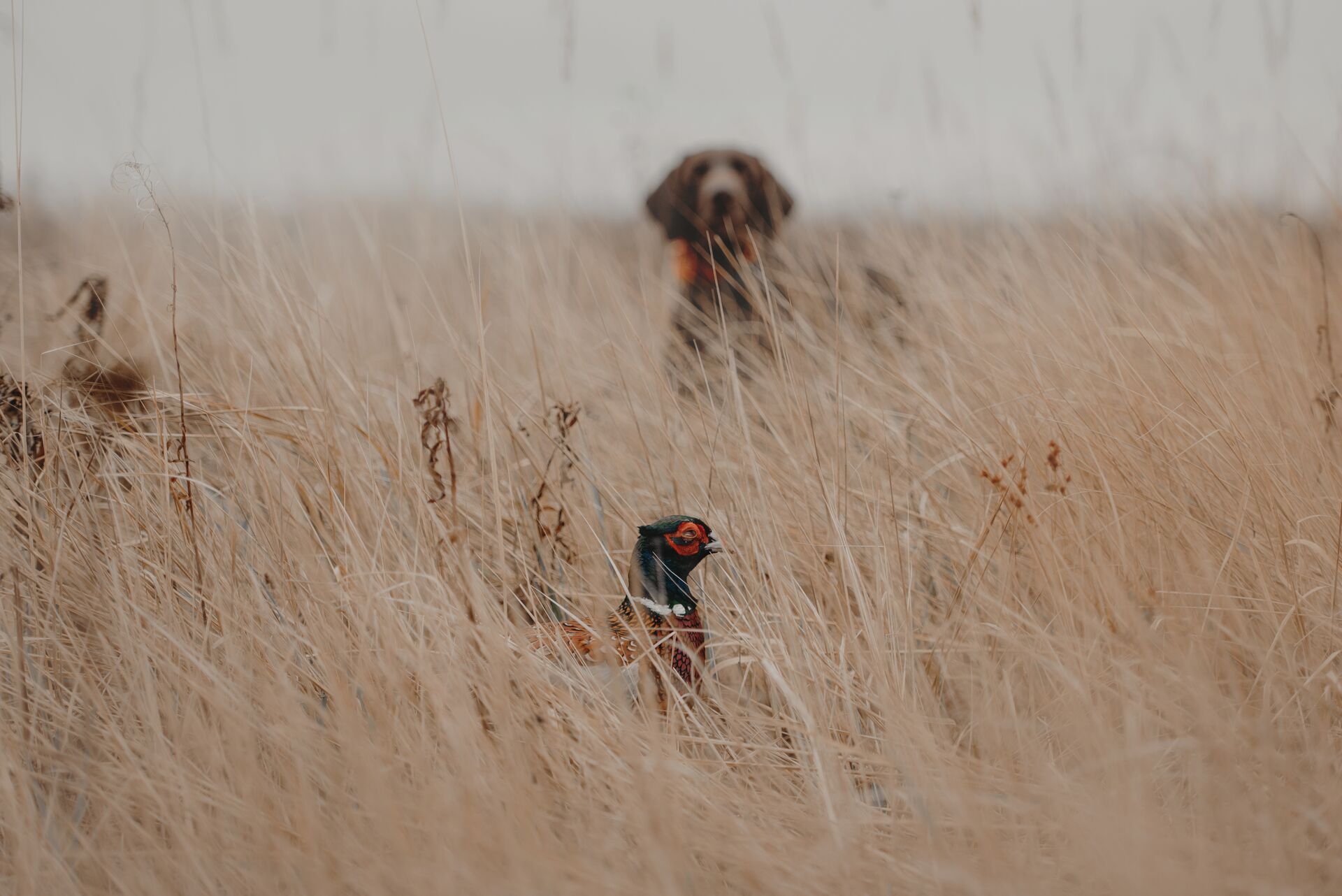
Put It All Together for a Fun Hunt
A successful pheasant hunt requires putting everything I've talked about today together. The steps are pretty basic:
- Determine where you are hunting
- Get the gear
- Go out there and find the birds
- Flush and shoot the birds
- Celebrate and carry onward for the next hunt
Fun ways to practice before getting into the field include shooting clays in a field with a hand thrower or going to a sporting clays course with your hunting buddies. Play some games and make it fun — maybe $1 per point, or the loser buys lunch.
Keep it light and enjoy the journey.
Use HuntWise to Find Birds and Hunt This Season
The best way to find birds and make sure you're on land you're allowed to hunt on is with HuntWise! From landowner boundary lines to forecasting the best ways to get out for a pheasant hunt and e-scouting the lay of the land, HuntWise helps you enjoy a successful day in the field with your dog and hunting buddies.
If you're getting ready to get out and get some birds, download HuntWise and use it free for your first week to plan your hunt.
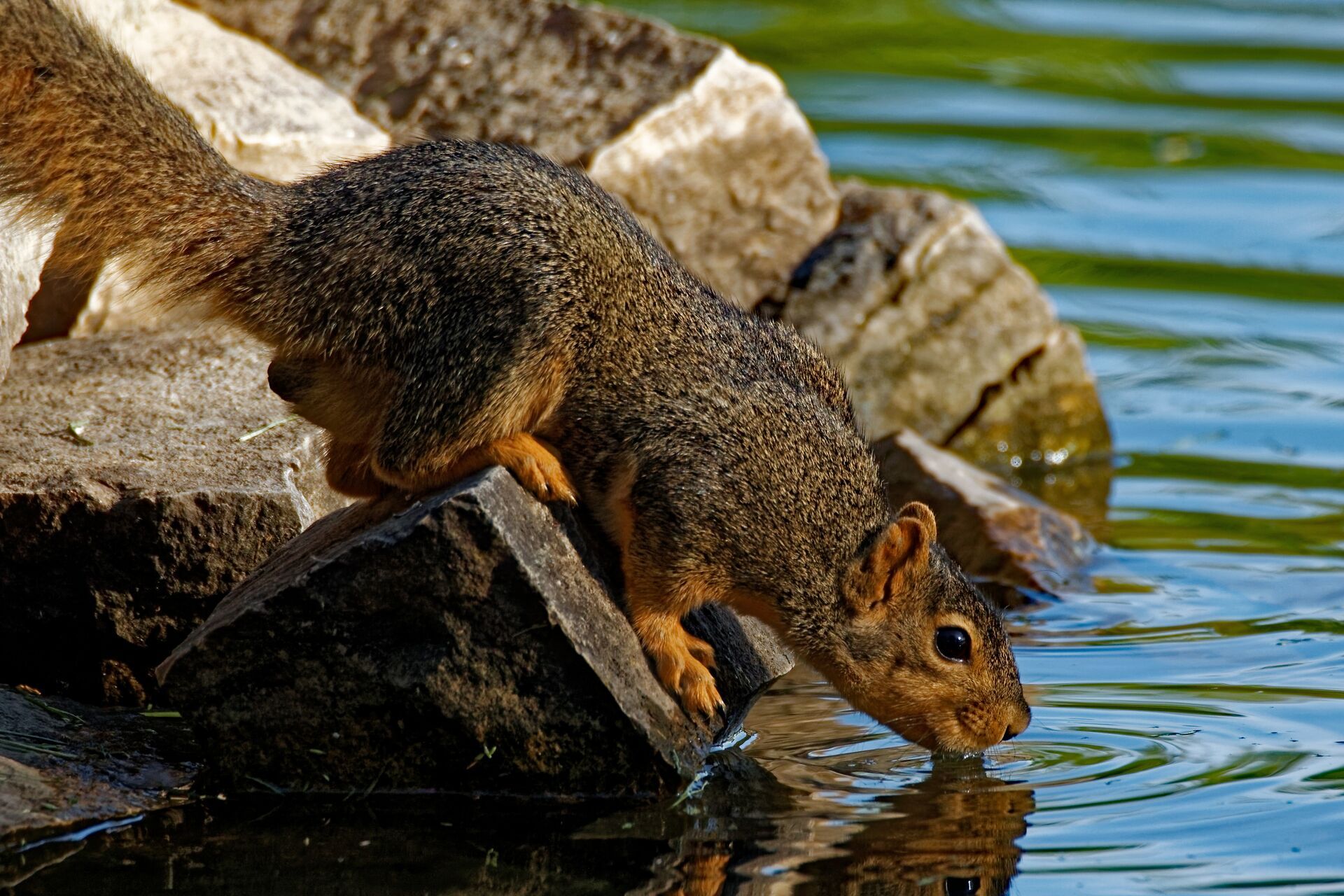
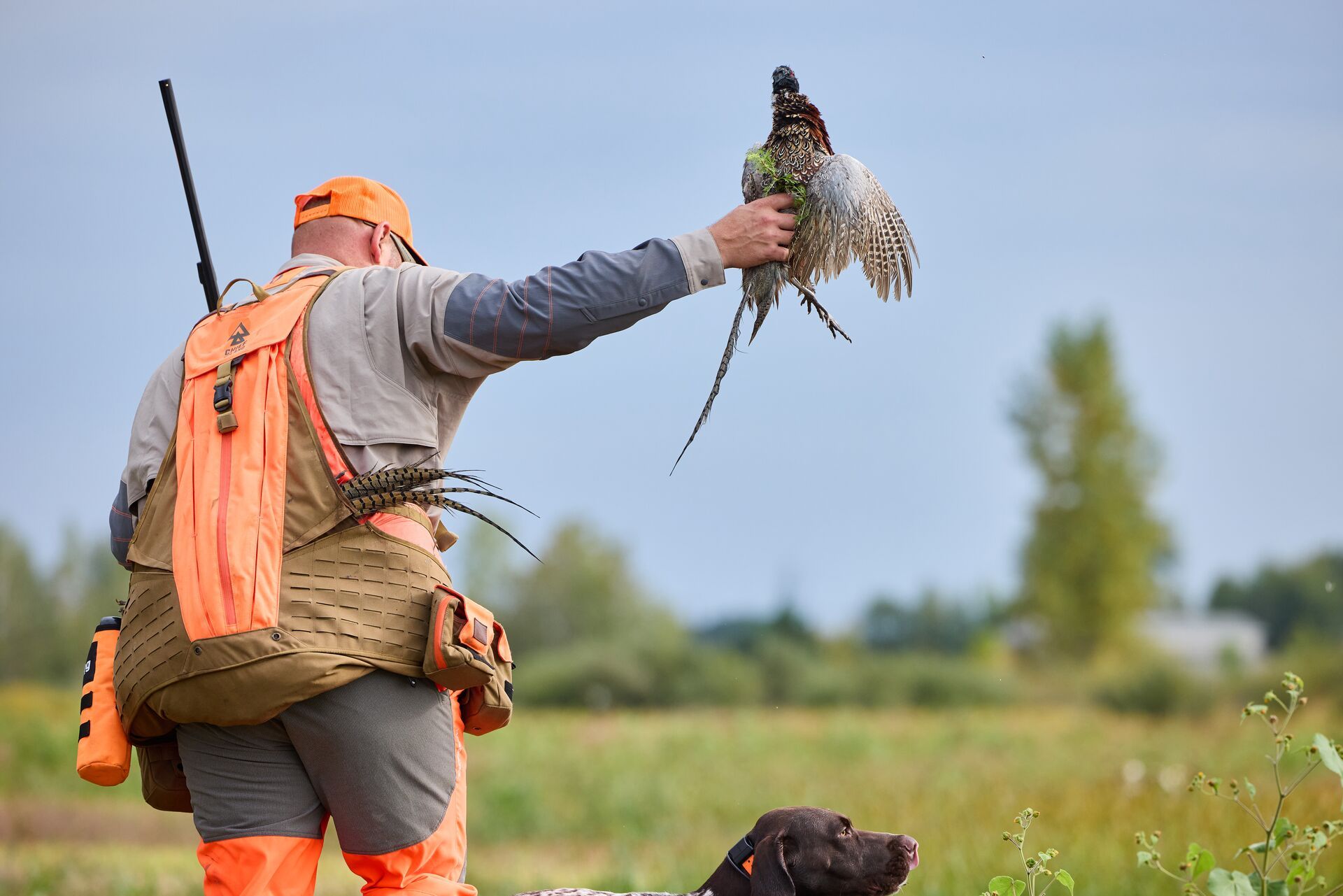
 Small Game
Small Game Small Game
Small Game Small Game
Small Game